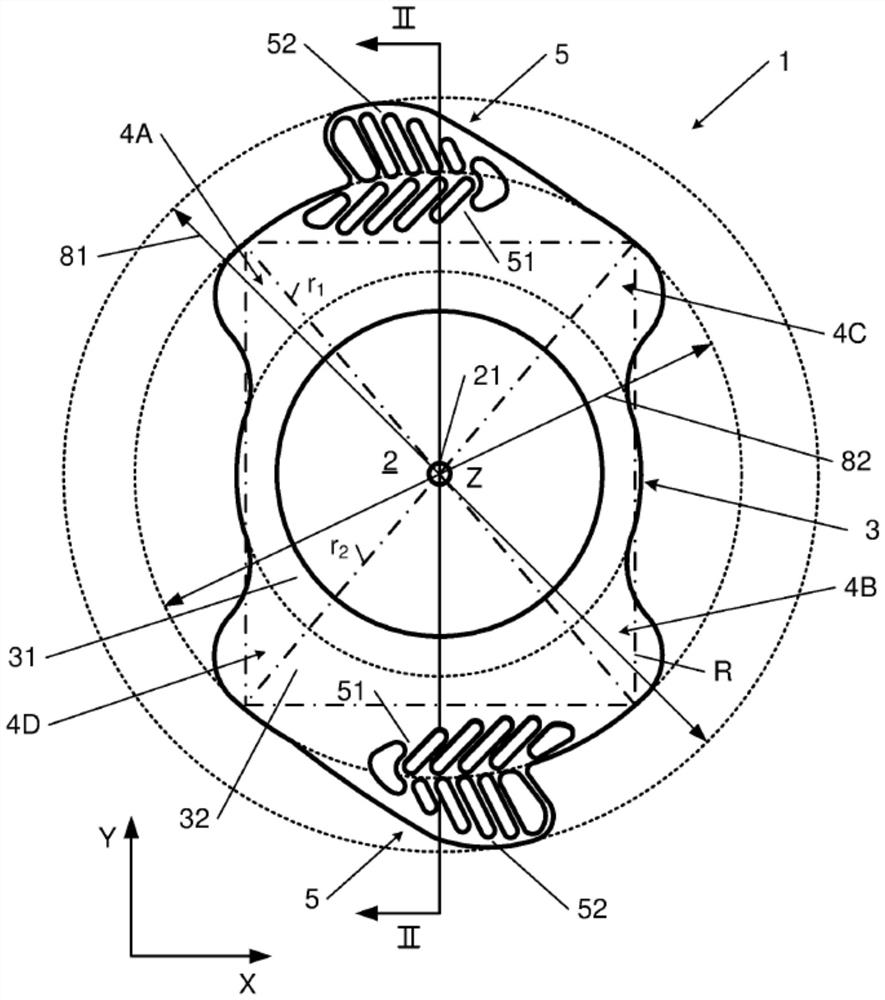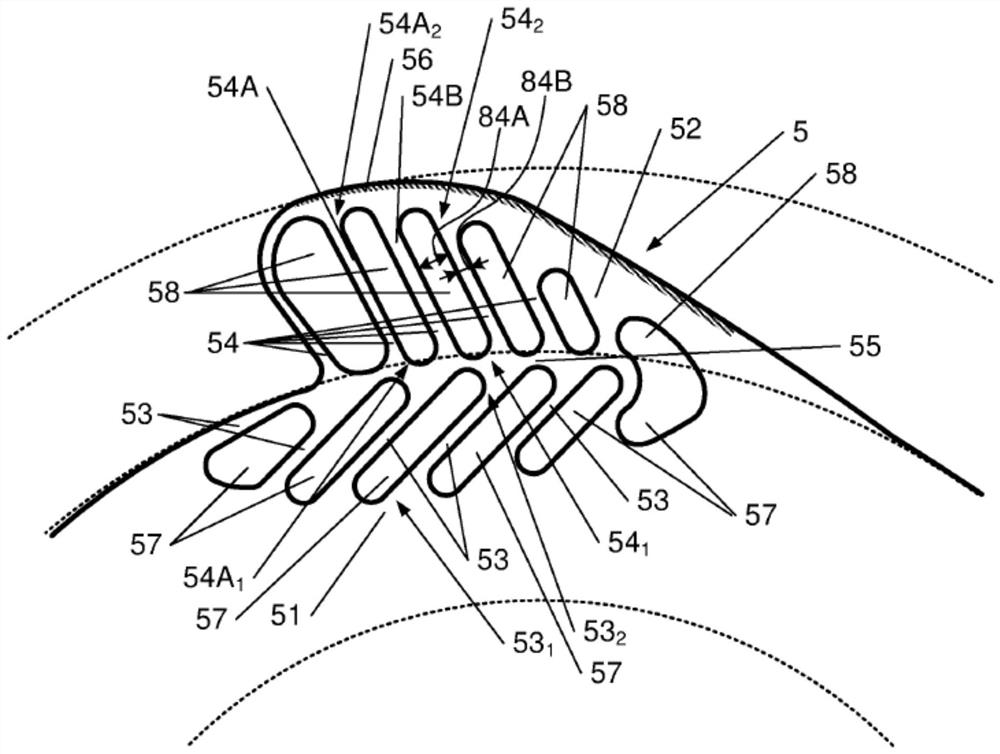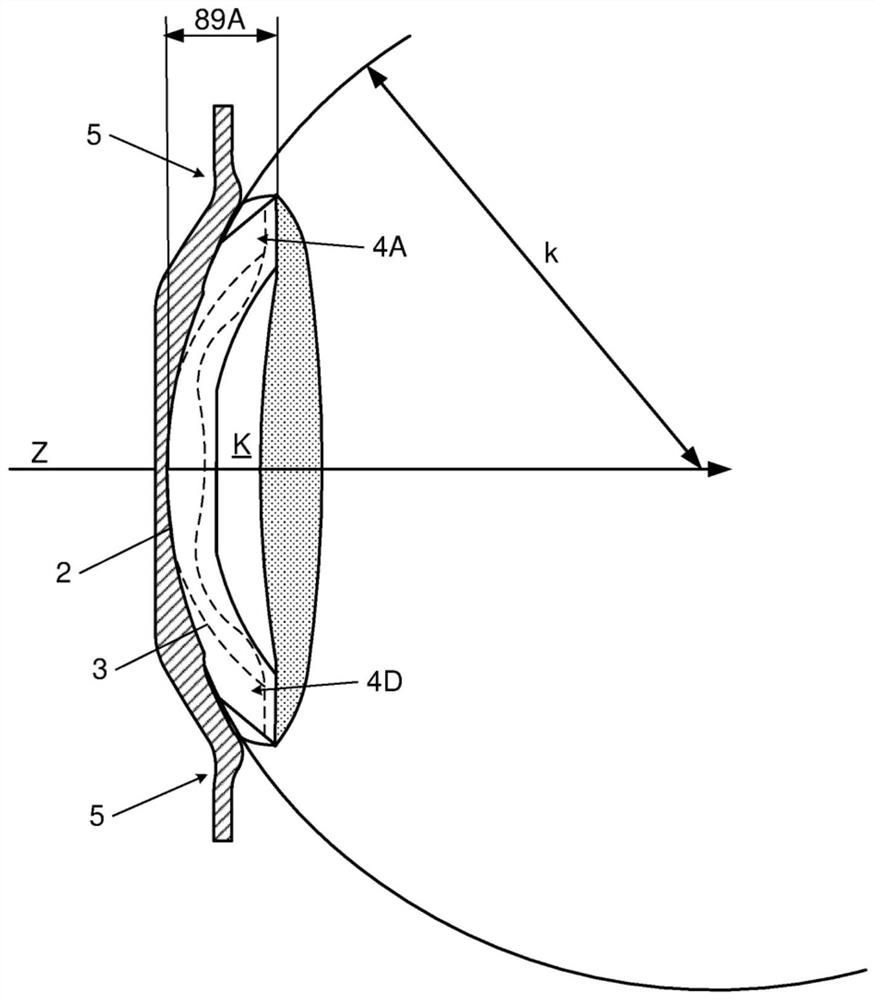Posterior chamber phakic intraocular lens
A technology of intraocular lens, phakic eye, applied in the direction of intraocular lens, prosthesis, eye implant, etc.
Pending Publication Date: 2021-12-31
PHYSIOL
View PDF0 Cites 0 Cited by
- Summary
- Abstract
- Description
- Claims
- Application Information
AI Technical Summary
Problems solved by technology
In fact, the disadvantages of positional stability of this phakic IOL once implanted in the eye are likely to lead to the same medical complications
Method used
the structure of the environmentally friendly knitted fabric provided by the present invention; figure 2 Flow chart of the yarn wrapping machine for environmentally friendly knitted fabrics and storage devices; image 3 Is the parameter map of the yarn covering machine
View moreImage
Smart Image Click on the blue labels to locate them in the text.
Smart ImageViewing Examples
Examples
Experimental program
Comparison scheme
Effect test
Embodiment Construction
[0111] This section gives a detailed description of the preferred embodiments of the invention. The description is made by way of specific embodiments and with reference to the drawings, but the invention is not limited thereto. Specifically, the drawings or figures described below are only exemplary and not limiting in any way.
the structure of the environmentally friendly knitted fabric provided by the present invention; figure 2 Flow chart of the yarn wrapping machine for environmentally friendly knitted fabrics and storage devices; image 3 Is the parameter map of the yarn covering machine
Login to View More PUM
| Property | Measurement | Unit |
|---|---|---|
| Young's modulus | aaaaa | aaaaa |
Login to View More
Abstract
The present invention relates to a posterior chamber phakic intraocular lens (1) comprising a central optical part (2), a peripheral haptic part (3) comprising a plurality of support elements (4A-D) arranged to lie on a ciliary zonule of an eye, and at least one flexible haptic (5) comprising a reticulated distal region (52) arranged to lay into a ciliary sulcus of the eye.
Description
technical field [0001] The present invention relates to an intraocular lens (IOL). More particularly, the present invention relates to a posterior chamber phakic (phakic) intraocular lens. Background technique [0002] In general, a phakic intraocular lens is an artificial lens placed in the eye to correct vision defects. These intraocular lenses are usually implanted in young patients as a supplement to the human crystalline lens, the natural lens. [0003] There are a variety of phakic IOLs, of which the posterior chamber phakic IOL is intended to implant in the region of the eye between the posterior surface of the iris and the anterior surface of the lens, and at least partially in the ciliary sulcus of the eye. [0004] The limitation of such intraocular lens implantation is that, depending on some parameters, especially the anatomy of the ciliary sulcus, the size of the ciliary sulcus usually varies by a few millimeters from one patient to another, and the intraocula...
Claims
the structure of the environmentally friendly knitted fabric provided by the present invention; figure 2 Flow chart of the yarn wrapping machine for environmentally friendly knitted fabrics and storage devices; image 3 Is the parameter map of the yarn covering machine
Login to View More Application Information
Patent Timeline
 Login to View More
Login to View More IPC IPC(8): A61F2/16
CPCA61F2/161A61F2002/1689A61F2002/169A61F2/1601A61F2/1605A61F2/1613A61F2002/1681A61F2220/0008A61F2250/0053
Inventor 克里斯多夫·帕纽利苏阿德·雷卓维奇伦佐·布卡·普伊
Owner PHYSIOL
Features
- R&D
- Intellectual Property
- Life Sciences
- Materials
- Tech Scout
Why Patsnap Eureka
- Unparalleled Data Quality
- Higher Quality Content
- 60% Fewer Hallucinations
Social media
Patsnap Eureka Blog
Learn More Browse by: Latest US Patents, China's latest patents, Technical Efficacy Thesaurus, Application Domain, Technology Topic, Popular Technical Reports.
© 2025 PatSnap. All rights reserved.Legal|Privacy policy|Modern Slavery Act Transparency Statement|Sitemap|About US| Contact US: help@patsnap.com



